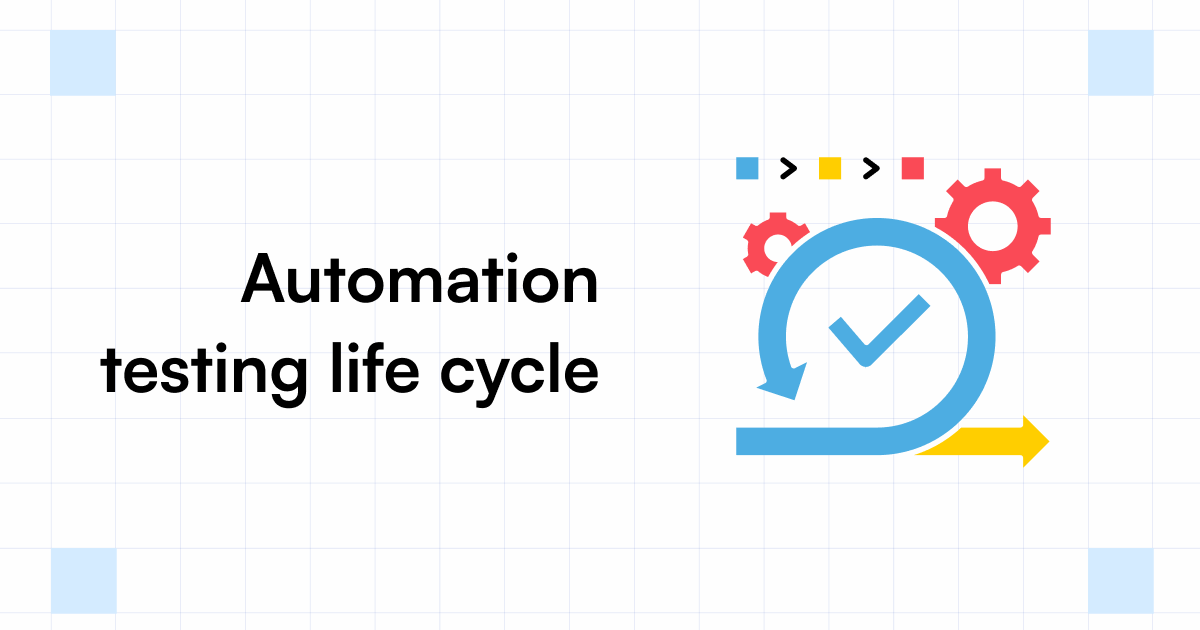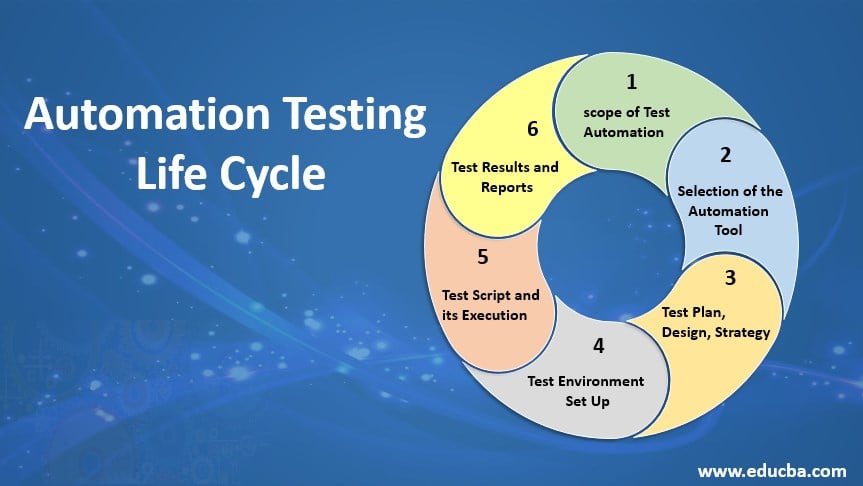From Handbook to Automated Testing: A Comprehensive Guide to Transitioning Smoothly and Effectively
In the world of software application screening, the change from handbook to automated processes has actually become a significantly important change for organizations looking for to improve performance and accuracy in their screening methods. The trip from handbook to automated screening is not without its difficulties, however when approached tactically and with a clear strategy in mind, the advantages can be considerable.
Advantages of Automated Evaluating
Automated screening provides countless advantages, improving performance and accuracy in software application advancement procedures. One primary benefit is the substantial decrease in testing time. Automated tests can be run all at once on multiple gadgets and running systems, dramatically quickening the testing phase compared to hands-on screening. This raised efficiency enables for faster responses on the top quality of the software, enabling designers to recognize and resolve issues quickly.
Additionally, automated testing ensures a greater degree of precision in finding problems. Consistency in screening is also boosted, as automated tests execute the very same steps specifically each time they are run.
Choosing the Right Tools

Firstly, analyze your goals and demands. Understand the scope of your project, the modern technologies entailed, and the capability of your group. This evaluation will help you determine the abilities and features you require in your screening tools.
Secondly, take into consideration the compatibility of the devices with your existing processes and systems. Smooth combination with your current software program growth lifecycle is necessary to make sure a smooth shift to automation.
In addition, examine the scalability and flexibility of the devices. As your testing requires develop, the tools need to be able to adjust and fit changes properly.
Finally, factor in the assistance and community around the devices. Robust assistance and an active individual community can supply important sources and support when applying automated testing. By very carefully considering these elements, you can pick the right tools that line up with your needs and set the phase for an effective transition to automated screening.
Composing Reliable Test Scripts

When crafting test manuscripts, it is important to take into consideration the particular needs of the software being link examined and guarantee that the manuscripts deal with all essential performances. Descriptive and clear naming conventions for examination scripts and test instances can enhance readability and maintainability. Furthermore, including mistake handling mechanisms within the examination manuscripts can help in determining and resolving issues immediately.
Furthermore, organizing test scripts into modular parts can enhance reusability and scalability, reducing redundancy and improving performance in examination script upkeep. Regular testimonials and updates to check manuscripts are important to equal evolving software application demands and capabilities. By following these principles, testers can create efficient and durable examination manuscripts that add dramatically to the success of automated screening processes.
Integrating Automation Into Workflows
By seamlessly incorporating automated screening devices like Selenium or Appium into the software application growth lifecycle, teams can attain faster feedback on code adjustments, leading to quicker bug discovery and resolution. page This integration enables for continuous screening throughout the growth process, making certain that any problems are identified early on, resulting in higher software program quality. Appropriate assimilation of automation tools requires cooperation in between development, testing, and procedures groups to establish a unified process that maximizes performance and effectiveness in providing high-quality software application items.
Making Certain a Smooth Transition
Successfully transitioning to automated screening entails thorough planning and careful execution to lessen disturbances and make the most of efficiency in the software application advancement procedure - automation testing. To make sure a smooth change, it is vital to start by conducting a detailed assessment of the current testing processes and identifying locations where automation can bring one of the most substantial benefits. Engaging with all stakeholders early on while doing so, consisting of programmers, testers, and project managers, is crucial for garnering support and buy-in for the automation campaign
Interaction is vital throughout this shift phase. Clear communication of the objectives, advantages, and assumptions of automated screening assists to handle any resistance or issues that might develop. Furthermore, supplying appropriate training and sources for staff member to upskill in automation tools and techniques is important for guaranteeing a successful transition.

Final Thought
Finally, transitioning from guidebook to automated screening offers numerous benefits, including enhanced performance and dependability. By picking the proper devices, composing effective examination manuscripts, and incorporating automation effortlessly into workflows, companies can make sure a smooth and effective shift. It is vital to accept automation as official source a useful possession in software testing procedures to boost general high quality and productivity.
In the realm of software program screening, the shift from manual to automated procedures has actually ended up being a progressively important transition for companies seeking to enhance performance and precision in their testing practices. Automated examinations can be run concurrently on several devices and running systems, substantially speeding up the screening phase contrasted to hands-on testing. Uniformity in testing is additionally boosted, as automated tests execute the exact same steps specifically each time they are run.To guarantee the successful execution of selected screening tools, the production of efficient examination scripts plays a critical duty in validating the capability and performance of automated procedures - automation testing. By following these concepts, testers can create efficient and robust test manuscripts that contribute dramatically to the success of automated testing procedures